A northbound Norfolk Southern freight passes the unique siding switch and signals at North Leesburg, Ind., on March 24, 2011. The Santa Fe-painted locomotive is a run-through from BNSF Railway. Photo by Bob Jordan […]
Indiana stranger
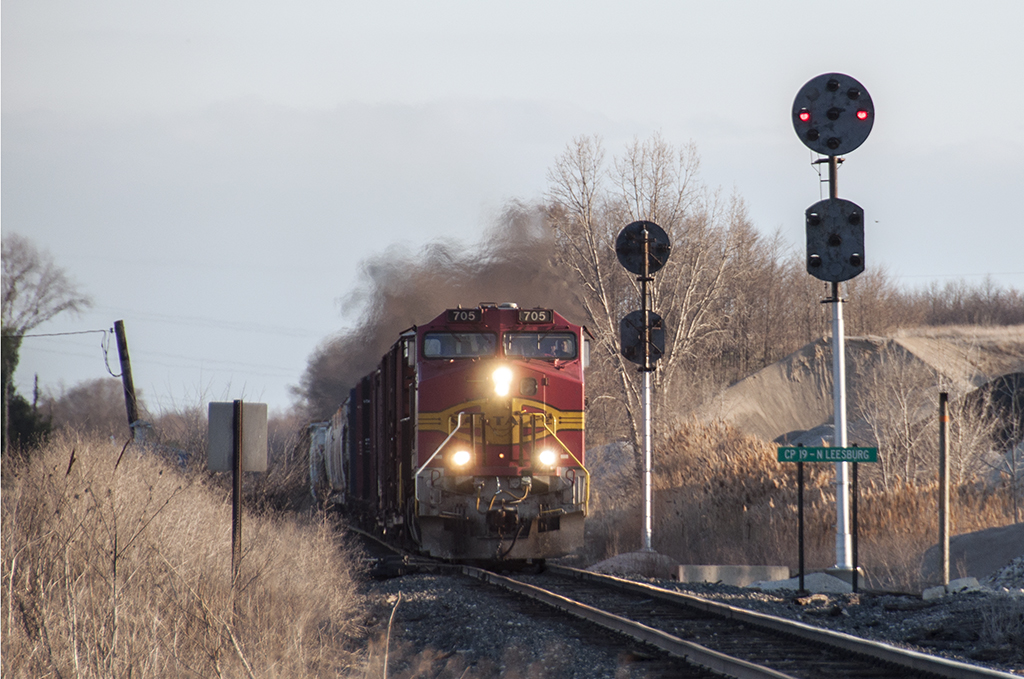
Action may be required on your Trains.com account in order to continue accessing content. Click here to learn more.

A northbound Norfolk Southern freight passes the unique siding switch and signals at North Leesburg, Ind., on March 24, 2011. The Santa Fe-painted locomotive is a run-through from BNSF Railway. Photo by Bob Jordan […]
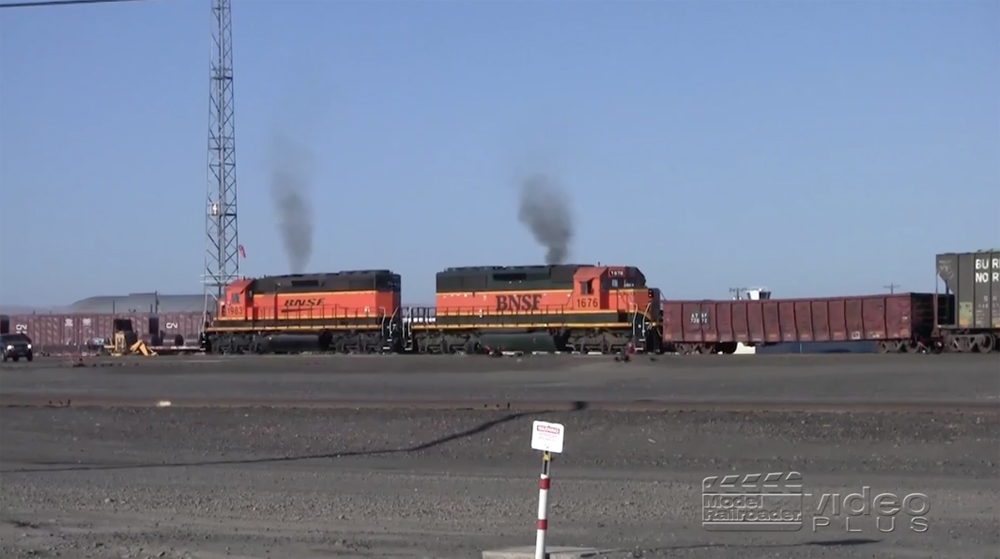
The father-daughter duo worked their way into the Columbia Gorge before heading home. Stops at the BNSF yard in Pasco, Wash., and at milepost 160 of the Fallbridge Sub, provided ideal locations for easy railfanning. The action in the Gorge left Charlie eager to return for more fun in future Postcards! […]
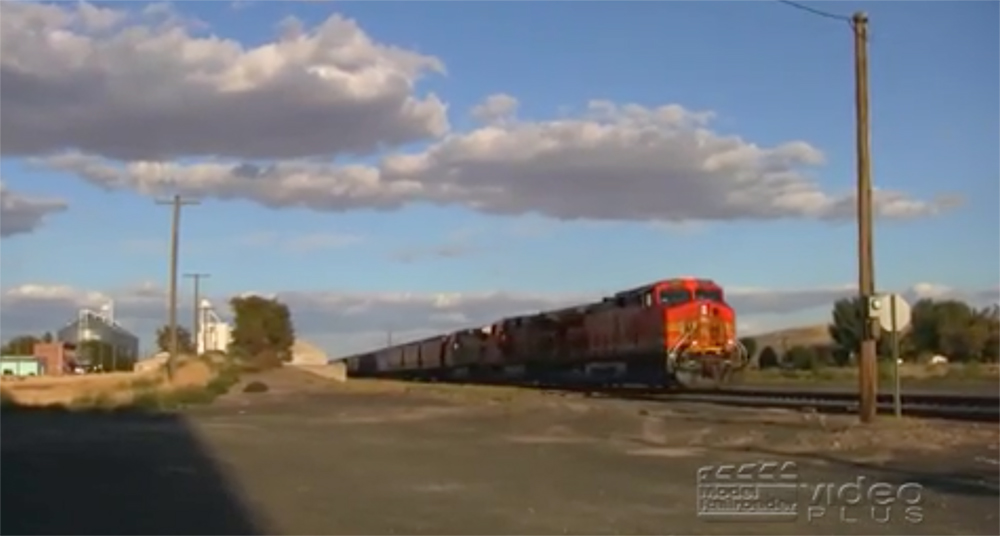
Charlie and Anna continued their father-daughter journey by exploring remnants of the Great Northern Railway. and The Milwaukee Road electrified line in eastern Washington. As nightfall arrived, they finished the day by chasing a train on the BNSF Railway Lakeside Subdivision. […]
Field Guide to Trains: Locomotives and Rolling Stock Voyageur Field Guides By Brian Solomon Voyageur Press, 400 First Avenue North, Suite 400 Minneapolis, MN 55401; 208 pages, 160 color photos; Flexibound Flexibound, 6 x 9 inches; $24.99 www.quartoknows.com Railroading is a complex business with many interesting facets, but its equipment always seems to be at […]
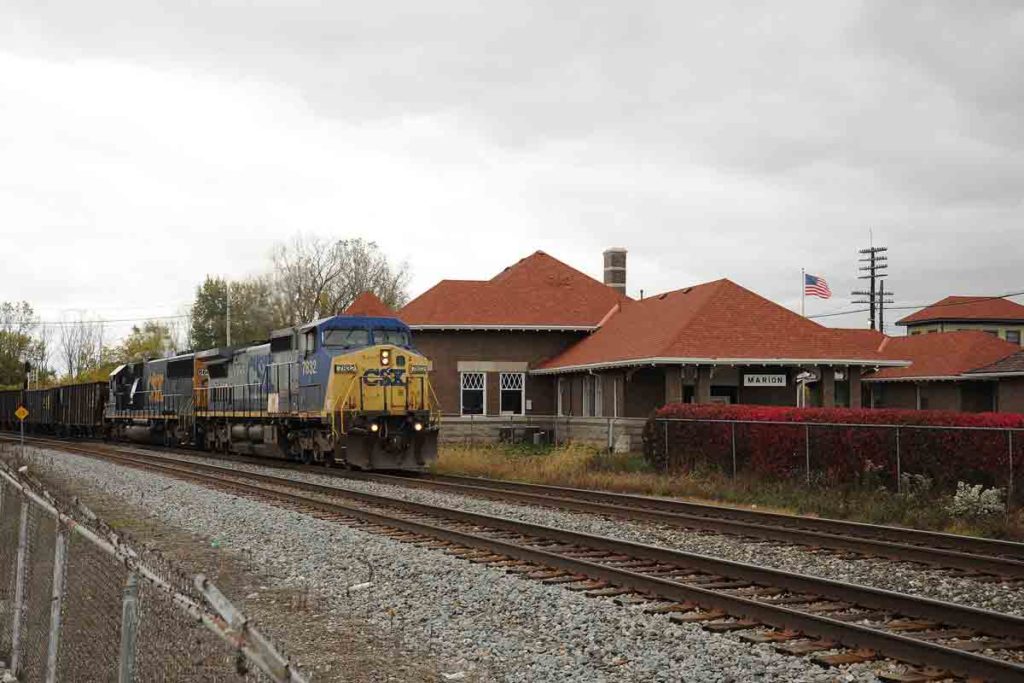
Taconite pellets roll south through Marion, Ohio, on Oct. 19, 2014, bound for AK Steel in Ashland, Ky. Photo by Brian Schmidt […]
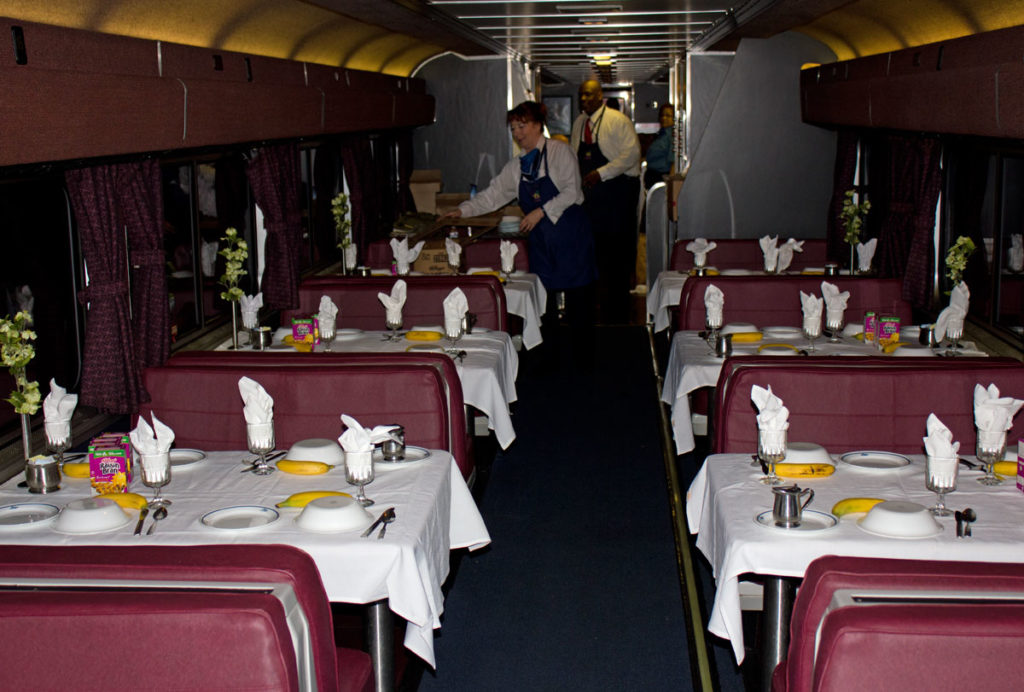
A dining car crew sets up for breakfast on the ‘Auto Train’ in 2012. Al DiCenso Q Having been a tipped employee, I know how important service and tips are to customers and employees alike. What would be an appropriate tip for average service for one guest in a roomette? What about tipping for meals […]

Pioneer Railcorp GP16 No. 1603 leads a westbound Napoleon, Defiance & Western train at Antwerp, Ohio, on Oct. 17, 2014, with just seven cars in tow. Photo by Brian Schmidt […]
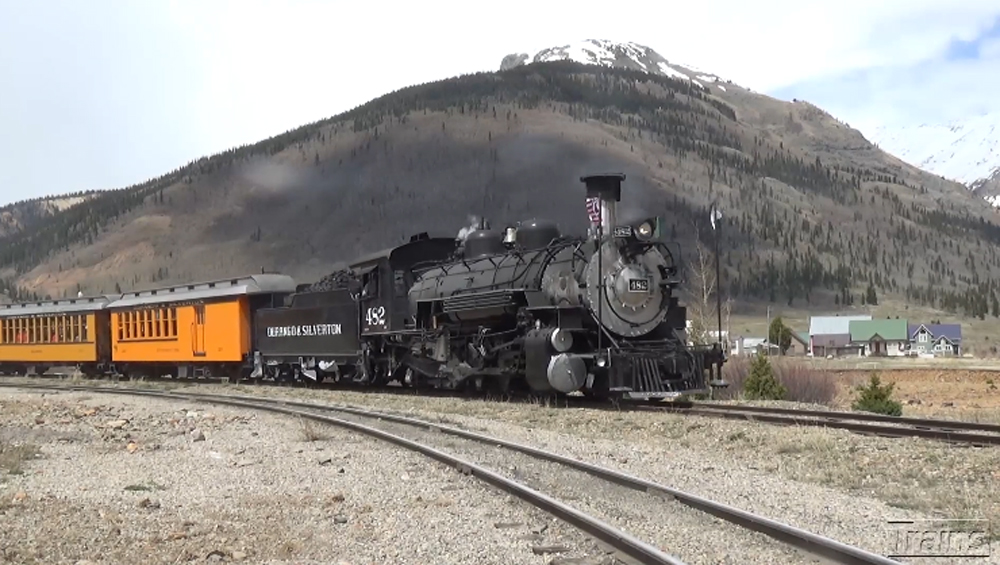
Allen Harper, owner and chief executive of the Durango & Silverton Narrow Gauge Railroad, speaks at length about the former Denver & Rio Grande Western narrow gauge route that his tourist railroad operates over between Durango and Silverton, Colo. […]
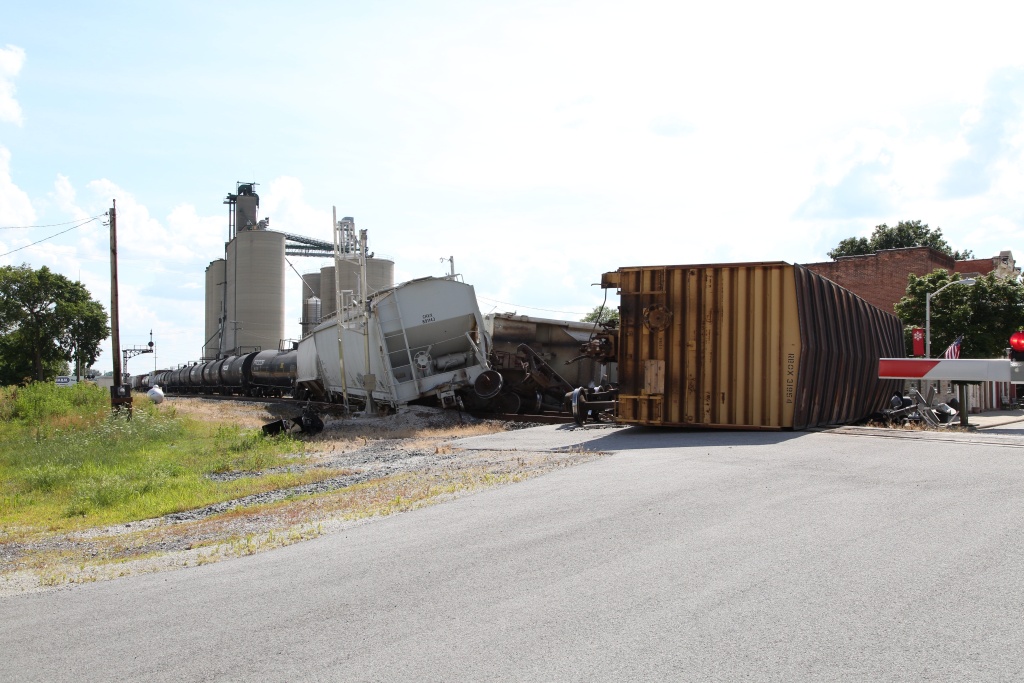
Photos shortly after CSX trains L342-09 derailed in downtown Tontogany, Ohio on Sunday afternoon. David P. Oroszi TONTOGANY, Ohio — A weekend of train watching in northwest Ohio turned into a firsthand witness account of a CSX Transportation freight train derailment on former Baltimore & Ohio rails near Deshler, Ohio. Railroad photographers Scott Lindsey and […]
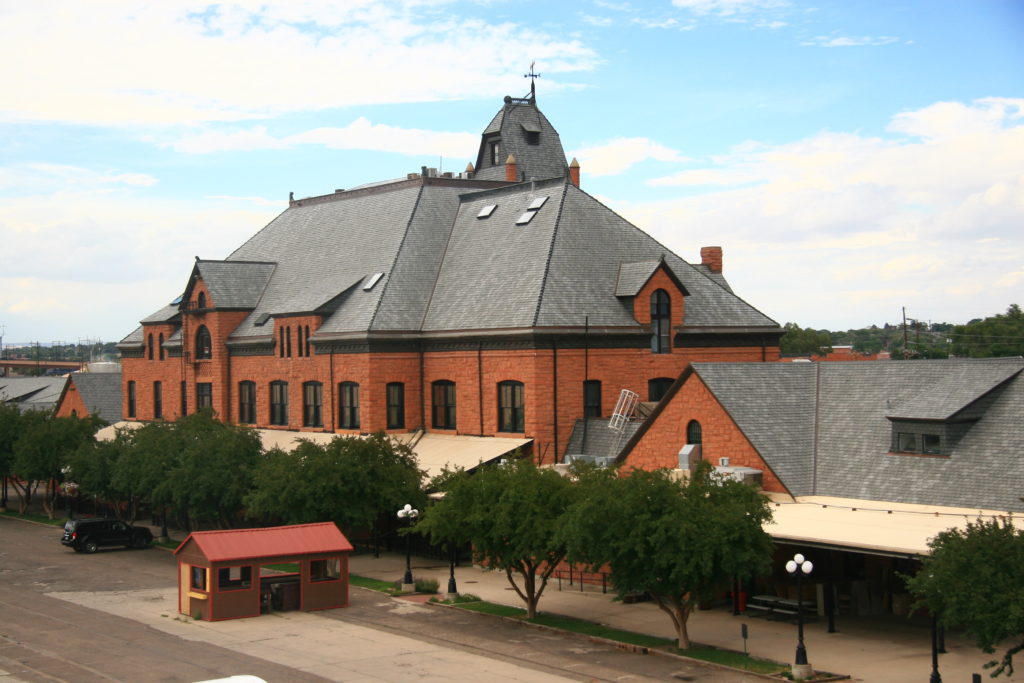
The Southwest Chief Commission wants to use the Pueblo Union Station, pictured here in this July 28, 2013 view. Bob Johnston PUEBLO, Colo. — An Amtrak revenue and ridership study requested by the Colorado Department of Transportation’s Southwest Chief Rail Line Economic Development, Rural Tourism, and Infrastructure Repair and Maintenance Commission Fund projects that the […]
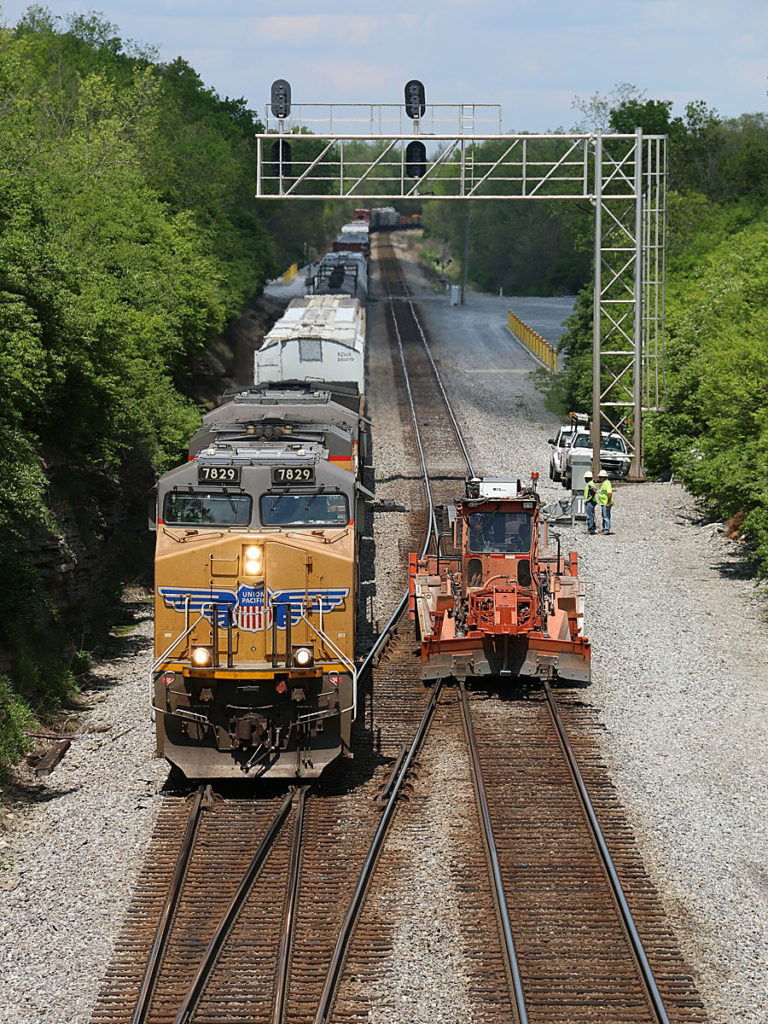
Norfolk Southern train No. 375 passes maintenance equipment at “North Wye” near Faulconer, Ky., as the train prepares to head onto the Louisville District on April 25, 2016. Photo by Jeff Wagoner […]
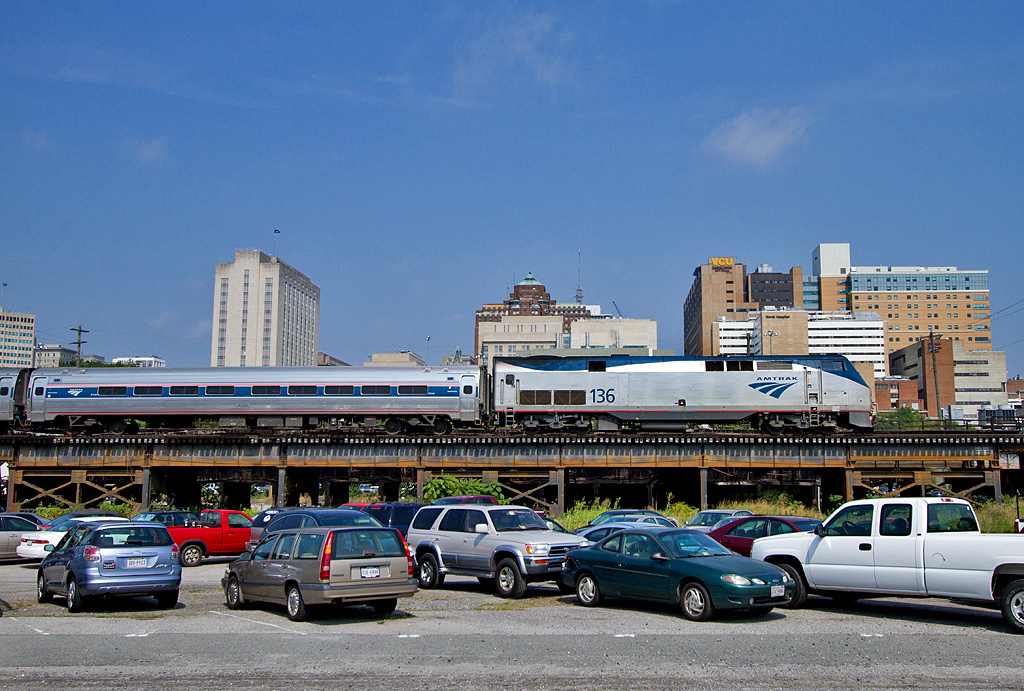
An Amtrak Northeast Regional train departs downtown Richmond, Va. Chase Gunnoe RICHMOND, Va. — The state of Virginia’s Atlantic Gateway Project is getting a major funding boost. Virginia Gov. Terry McAuliffe announced this week that the project has been selected as a recipient of a federal FASTLANE grant of $165 million. The federal grants will […]